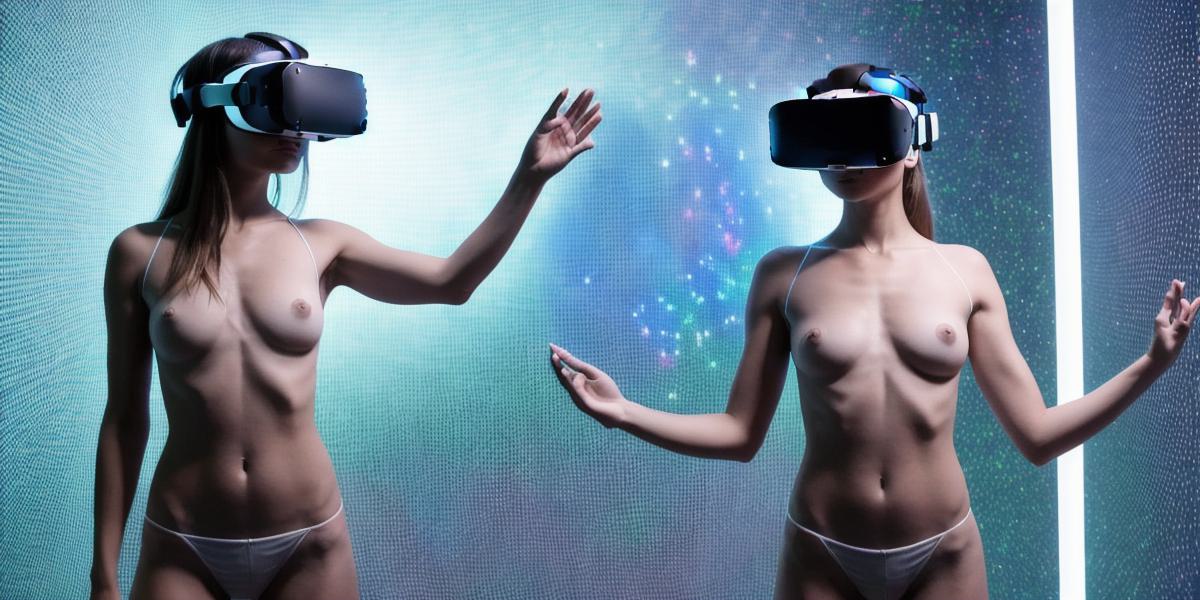Virtual reality (VR) technology has come a long way since its inception, and now it’s being used to explore the human body like never before. In this article, we’ll delve into the world of VR simulation and discover how it’s changing the way we understand and interact with our own bodies.
Immersive Simulation: A New Frontier
Virtual reality technology has opened up a whole new realm of possibilities for exploring the human body. With the ability to create highly realistic simulations, VR is allowing researchers and developers to delve deeper into the inner workings of our bodies than ever before.
One example of this is the use of VR to simulate medical procedures. By creating virtual representations of the human anatomy, surgeons can practice complex procedures in a safe and controlled environment. This not only allows for better patient outcomes but also helps reduce the risk of complications and errors during actual surgeries.
Another area where VR is making a big impact is in education. By simulating the human body in a virtual environment, students can gain a deeper understanding of how our bodies function. This not only makes learning more engaging but also allows for hands-on exploration of complex concepts like anatomy and physiology.
Virtual Reality Therapy: A New Treatment Option
Virtual reality technology is also being used as a treatment option for a variety of medical conditions. For example, VR therapy has been shown to be effective in treating anxiety disorders, post-traumatic stress disorder (PTSD), and even phobias.
In these therapies, patients are exposed to virtual environments that trigger their anxiety or fear response. By gradually exposing them to increasingly intense situations, patients can learn coping mechanisms and gradually overcome their fears. This not only improves their quality of life but also reduces the need for medication and other treatments.
The Power of VR in Healthcare: A Growing Field
Virtual reality technology is quickly becoming an essential tool in healthcare, with applications ranging from medical training to therapy. As the technology continues to evolve, we can expect to see even more innovative uses for VR in healthcare.
One example of this is the use of VR to simulate space exploration missions. By creating a virtual environment that mimics the conditions of space, astronauts can train for mission scenarios without putting themselves or others at risk. This not only saves lives but also allows for more effective training and preparation for future space missions.
The Future of Virtual Reality: A Bright Outlook
As virtual reality technology continues to advance, we can expect to see even more exciting applications in the field of healthcare. Whether it’s medical training, therapy, or space exploration, VR is changing the way we understand and interact with our own bodies.
In conclusion, virtual reality technology has opened up a whole new realm of possibilities for exploring the human body. From medical procedures to therapy and beyond, VR is revolutionizing the way we approach healthcare. As the technology continues to evolve, we can expect to see even more exciting applications in the years to come.
